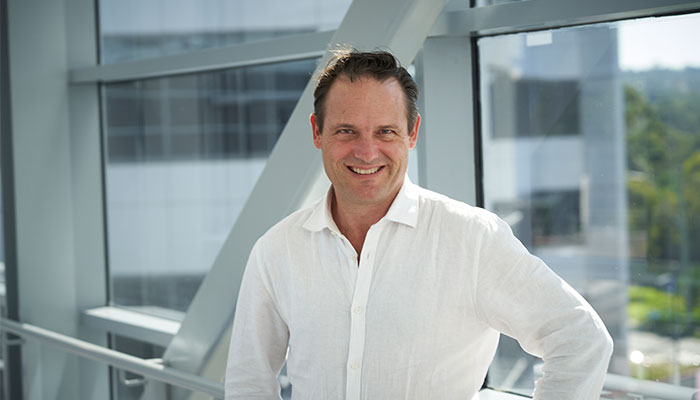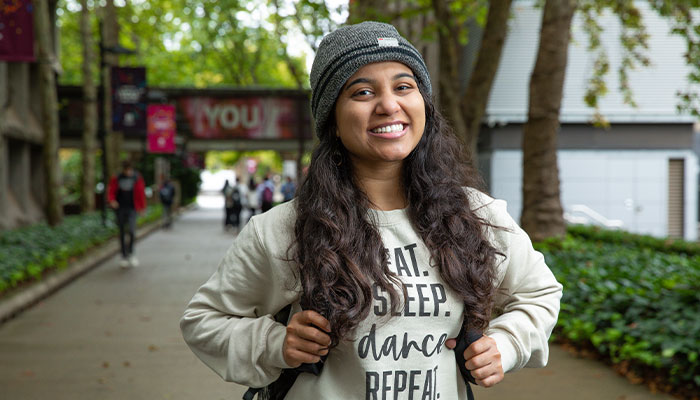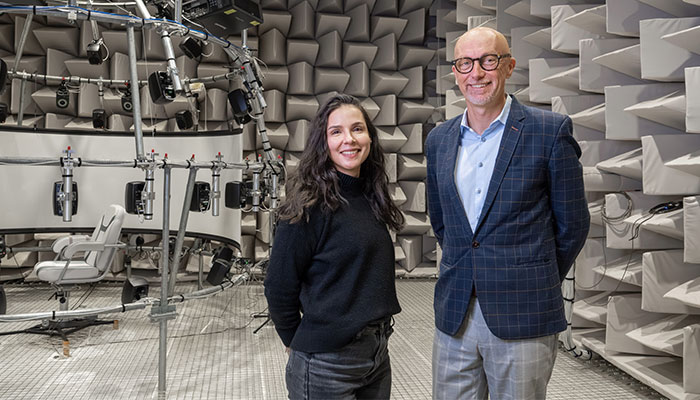Australia could soon be supplying the world with a uniquely strong, long-lasting and readily available replacement for damaged ligaments: kangaroo tendons.

Occupational hazard: Ruptured anterior cruciate ligaments (ACL) are a common injury among soccer and football players, says orthopaedic surgeon Dr Nick Hartnell.
Few injuries strike fear into an athlete’s heart like a ruptured anterior cruciate ligament (ACL).
Requiring reconstructive surgery followed by months of rehabilitation, an ACL rupture can mean the end of a season, or even a career.
The ACL is a major ligament in the knee, hinging the femur to the tibia. Injuries are common in sports such as Australian Rules football (AFL) and soccer, where players change direction quickly or pivot after landing from a jump.
One of the key problems with serious ligament and tendon injuries is that the damaged tissue cannot be sewn back together. It must be replaced with something the body can use as a type of scaffolding as it weaves replacement tissue over the top.
There are currently only two options for reconstruction, but neither of them is ideal.
This is where orthopaedic surgeon Dr Nick Hartnell hopes to soon be able to offer a better, stronger replacement ligament – and change current medical thinking in the process.
Building a better ACL
Tendons and ligaments are similar connective structures found throughout the body, including the knees, shoulders, elbows, ankles and wrists. Ligaments join bones together and stabilise the joints, while tendons help various body parts to move.

Revolutionary: Dr Nick Hartnell says kangaroo tendons have the potential to be a better option than the current reconstruction method of using a tendon from elsewhere in the body.
In Australia, 90 per cent of ACL replacements are done using a tendon taken from elsewhere in the patient’s body, such as a hamstring or a patella tendon. This inevitably adds to the pain and rehabilitation period, as the patient has two surgical wounds to recover from and the donor site can be weakened by the loss.
“In addition to this, up to a quarter of all ACL reconstructions fail,” Dr Hartnell says. “If that happens, or the person has damaged two ligaments at once, or they are injured a second time, they are running out of options.
“The other 10 per cent of replacements in Australia – and up to 50 per cent in the US – are done using ligaments and tendons from people who have chosen to donate their bodies after death.
“There is a very limited supply of these cadaveric tendons available, and unfortunately the strength tends not to be as good as we would like, leaving the patient with a weaker knee.
“Xenografts – using tendons from other species – have the potential to be a better option, but so far medicine has struggled both to find a suitable donor species that has strong, durable tendons that will not be rejected.”
Xenografts are already common in other types of surgery, such as replacing heart valves with those from pigs, but many such transplants require genetic changes to the donor animal in order to be successful.
Research teams overseas have been experimenting with tendons from cows and pigs, and their progress is being closely watched by sporting leagues where ligament injuries are costing clubs and players millions in lost earnings every season.
Inspiration for change
For the past 15 years, Dr Hartnell has been practising in Bowral, a leafy town in NSW’s idyllic Southern Highlands, 120 kilometres from central Sydney. Weekends and holidays have been spent at the family property on the state’s South Coast, where wild kangaroos are plentiful.

Exciting advancement: Dr Nick Hartnell, pictured, says kangaroo tendons are up to six time stronger than human tendons.
“I’ve always said that kangaroos are nature’s greatest athletes,” he says.
“They really are the most impressive animals – they can jump lengths of up to 12 metres, clear a 3-metre fence and hop at 70 kilometres an hour.
“Watching them in action, I started to wonder how much of this athletic ability was related to the way their tendons were formed, and whether they might be used to replace ruptured human ligaments.”
While Dr Hartnell had been toying with the idea for a while, it was not until he had to operate on his teenage daughter’s friend 10 years ago that he began his research in earnest.
“She had ruptured her ACL while skiing, and we had to take her hamstring to replace it,” he says.
“I came out of that theatre thinking I didn’t want to have to put kids through that anymore.
“That was the time I really committed myself to finding a better solution.”
Stronger and more durable
It was important to Dr Hartnell that no kangaroos were killed expressly for his research, and this has remained his practice throughout his investigations: all of the work has been done only using kangaroos that have either been culled for reasons of population control or harvested for meat.
The first step in his investigations was to acquire a dead kangaroo from a local farmer who had been culling, then remove the tendons and send them away for testing.
“I was expecting them to be great, but those initial tests showed they were even better than I could have hoped,” he says.
“We have found they are up to six time stronger than human tendons, and they are just the greatest thing you could want when you’re reconstructing connective tissue.
“They are biologically superior as far as tendons are concerned, and currently all of that potential is just being wasted because the tendons aren’t being used for anything.”
Dr Hartnell and his team have thoroughly investigated the characteristics of kangaroo tendons, including which limbs offer the best option for different human ligaments, and compared them to the existing options for ligament replacements.
Australia could easily meet the entire world’s need for ligament reconstruction using tendons from the kangaroos that are already being harvested for meat.
They have also developed a way of ensuring the kangaroo xenografts are not rejected after transplant. The key to this is what he describes as “the special sauce”, and it is a closely guarded secret that has already been patented.
Their findings so far give every reason to believe that not only will kangaroo tendons not be rejected, but that they will also be stronger and more durable than any other graft option currently available.
- Hungry caterpillars: A new hero emerges in the war against plastic waste
- How will AI impact your next job?
As well as making repeat injuries less likely, this extra strength will slash the rehabilitation time, allowing players to return to the field or court more quickly than before, according to Dr Hartnell.
And with the limited nature of the average sporting career, this would be tremendously exciting news for athletes and clubs alike.
“Our aim is to produce a range of products to repair damaged ligaments that would be readily available and have a long shelf-life,” he says.
“We are working towards it being as easy as the surgeon simply selecting the right packet of kangaroo tendons before an operation.
“Australia could easily meet the entire world’s need for ligament reconstruction using tendons from the kangaroos that are already being harvested for meat.
“It’s a huge potential benefit from an existing resource that is currently just being thrown away.”
The team are now in the final stages of pre-clinical trials, and they hope to be able to begin the first human clinical trials in 2024.
“Every orthopaedic surgeon I’ve spoken to about this has said they want to use kangaroo tendons as soon as they become available,” Dr Hartnell says.
“I think this work has the potential to change how orthopaedic surgeons think. I know it has changed how I think.”
Dr Nick Hartnell is an orthopaedic surgeon practising at the MQ Health Orthopaedic Clinic and at hospitals in the Southern Highlands.



